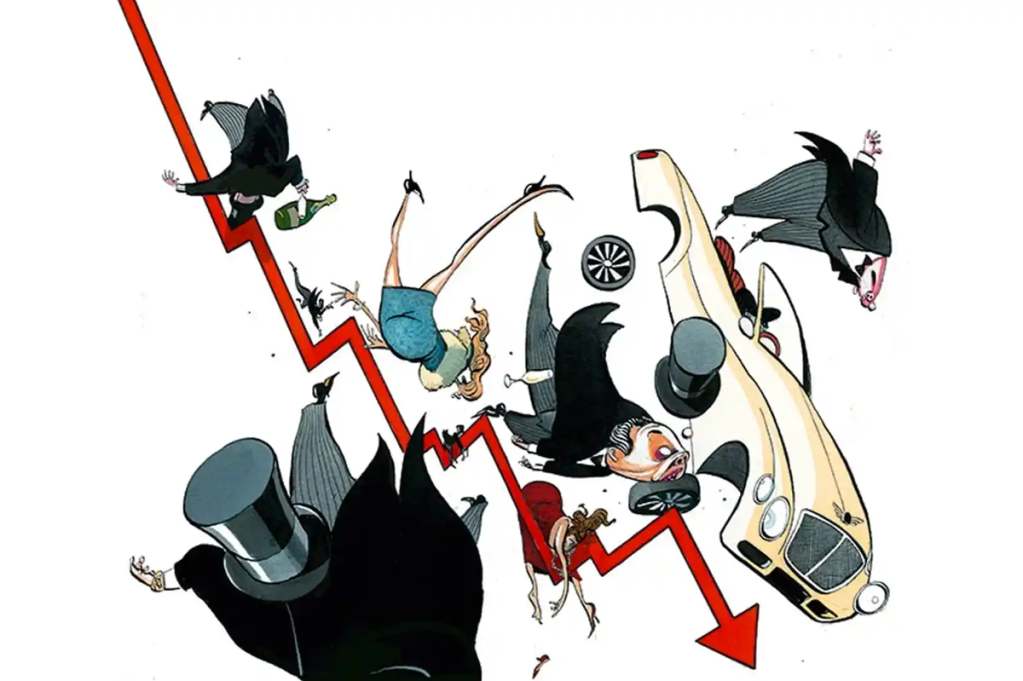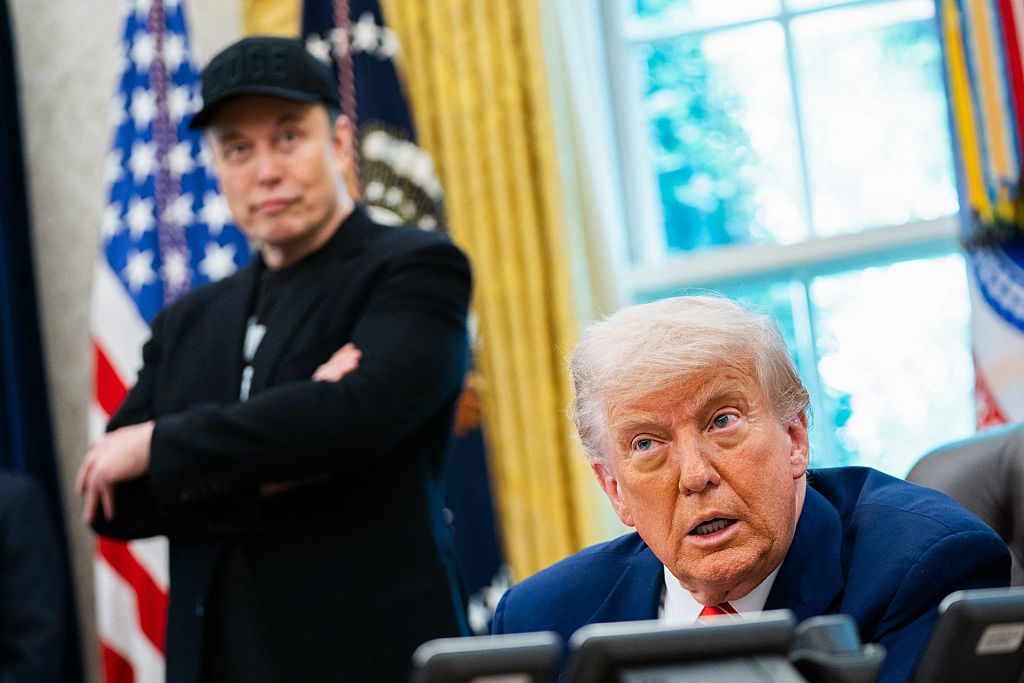Even by the standards of bank runs, the collapse of Silicon Valley Bank was remarkable. In February, Forbes magazine had put it on its Best 100 Banks list. Yet on Thursday, depositors withdrew $48 billion. That’s $14 million a second. Lines formed outside the bank’s various branches, reminiscent of the Great Depression. California banking authorities shut it down and turned it over to the Federal Deposit Insurance Corporation (FDIC) for sale or liquidation.
So what happened?
Silicon Valley Bank had grown very quickly over the past few years, In early 2020, it had a deposit base of $55 billion. A mere two years later, its deposits had reached $220 billion. But that was more money than it could put into lending to its narrow base. Instead the bank invested it, seeking higher returns through such instruments as federal ten-year bonds that were paying about 1.5 percent at the time as opposed to short-term Treasury bills that were paying about one tenth as much.
But while its bond investments were long-term, its deposits were short-term, subject to instant withdrawal. As the Federal Reserve began aggressively raising interest rates in mid-2022 to stem rapidly rising inflation, the value of the bonds SVB held, paying lower interest rates, necessarily sank. When withdrawals began to increase, the bank was forced to sell these bonds at a loss (about $2 billion on Thursday alone). When it tried to raise money by selling bank stock, the market panicked and the run began.
The FDIC insures bank depositors against losses from a bank failure up to $250,000. But SVB didn’t have very many small depositors. Indeed, it did not even have a wide variety of business customers. Its deposit base was largely start-up tech companies that had chosen SVB to hold their venture capital or IPO funds in the bank. Many of these companies were staring ruin in the face if their assets were tied up for months as SVB’s business was wound down. Some of that money might have been gone for good.
Fearing an implosion in the tech sector already under stress from large lay-offs, the federal government guaranteed all deposits in SVB. The Federal Reserve also announced that banks in similar situations could use the discount window to borrow on their underwater assets at par rather than being forced to sell them at a loss to meet demands for withdrawals.
It turned out that Silicon Valley Bank had seemed more interested in virtue signaling than in sound banking practices. Its board of directors had only one member who was experienced in banking at the highest levels, Tom King, the former head of investment banking at Barclays. The bank’s 2022 proxy statement had proudly stated that its board was 45 percent female and had one black member, two veterans, and one who was LGBTQ+. Many of the board members had been major Democratic donors.
Shockingly, the bank had had no chief risk manager for eight months of 2022 and had not hedged against the possibility of rising interest rates. That would have, necessarily, reduced returns on the bank’s investment portfolio, but would have made it much less vulnerable to what ended up happening.
What now?
Franklin Roosevelt resisted the establishment of the FDIC because he feared the moral hazard it would create. If bankers knew their depositors would not lose money, they might be more daring in their banking practices in order to maximize profits. Likewise their customers would be less picky about choosing a bank as they had no fear of losses. But the original insurance was only on sums up to $2,500 (about $55,000 in 2023 dollars). And it promised to end the bank runs that had so greatly deepened the Great Depression, as indeed it did.
But as often happens in democratic politics, the amount insured kept rising, reaching $100,000 in 2000 and then $250,000 in 2008 as the recession of that year hit, five times the original cap in constant dollars.
In that year as well, the Dodd-Frank bill passed Congress. It was intended to divide banks into two groups: those that were so large they posed a systemic risk to the banking system as a whole if they failed and smaller regional banks that did not. The former group was subject to much more onerous regulation to insure solvency and liquidity, undergoing regular “stress tests.” The original dividing line was $50 billion in deposits. But as that, in fact, soon came to include many regional banks that were less able to afford the increased, and expensive, regulation, the limit was raised in 2018 to $250 billion. Silicon Valley Bank had been careful to stay below that line.
The FDIC had been designed to protect the small depositors only. Large depositors were expected to be financially sophisticated enough to be able to see trouble brewing and protect themselves.
But in 1984, when Continental Illinois Bank, the seventh largest bank in the United States as measured by deposits and by far the largest bank in the Midwest, failed, it was feared that if all deposits (and even bondholders) were not protected, a major financial panic might ensue and so they were protected. But the idea that some banks were “too big to fail,” a phrase that dates back to that time, only increased the moral hazard created by insured deposits.
Many bankers implicitly came to believe that the $250,000 limit was pro forma. And that now seems to be the case. When a much smaller bank, Signature Bank of New York, with only $110 billion in assets, was caught up in the panic of SVB’s collapse, its deposits were also guaranteed to their full value. (It is, perhaps, ironic that one of the members of the board of Signature Bank is former representative Barney Frank, one of the prime architects of the Dodd-Frank law.)
What next?
The dust has far from settled on the collapse of Silicon Valley Bank. On Monday, First Republic Bank of New York saw its stock tumble over 60 percent while the stock market as a whole was mixed. On Tuesday, the international bank Credit Suisse fell 20 percent while the market rose strongly. As of this morning, stock future were down sharply out of fears of more bank failures. As the markets opened, the Dow plunged 550 points.
As Bette Davis famously said in the movie All About Eve, “fasten your seatbelts, it’s going to be a bumpy flight.” What is increasingly clear is that how and when bank deposits are insured needs to be thoroughly rethought.

























